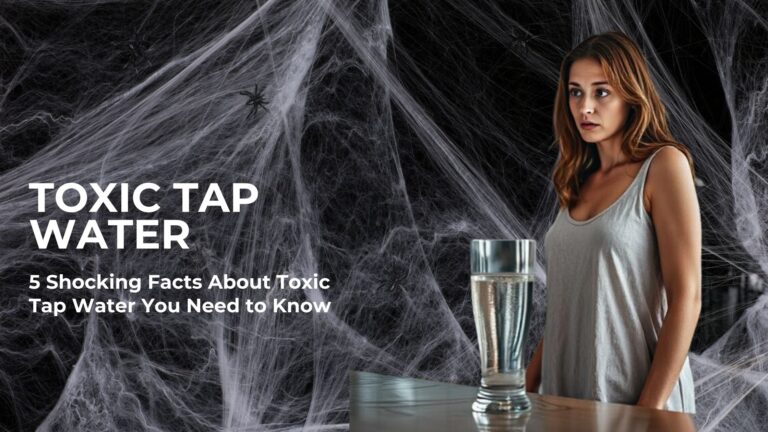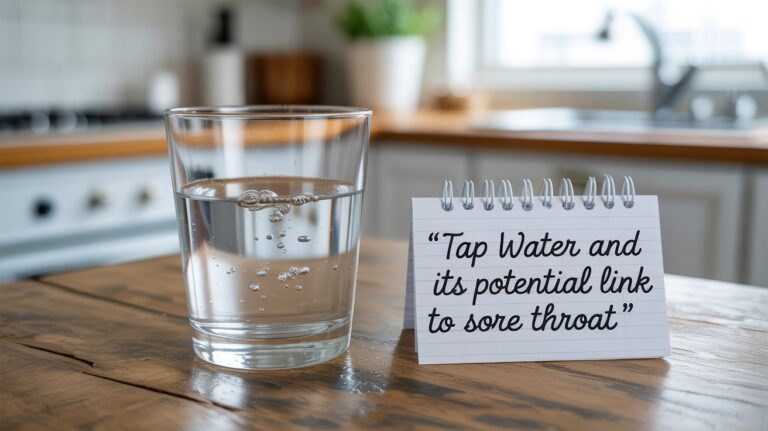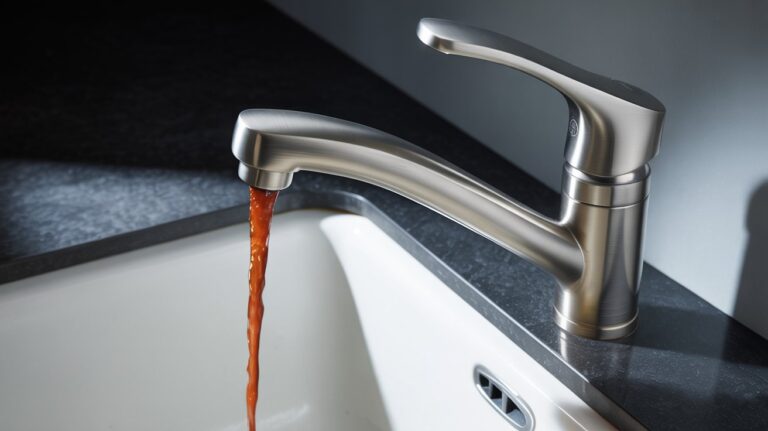From ‘Raw Water’ to Forever Chemicals: Why Your Drinking Water Isn’t as Safe as You Think
This investigation synthesizes data from environmental scientists, health researchers, and investigative journalists to expose the hidden dangers in U.S. water supplies – from bacterial contamination in unfiltered “raw water” to cancer-linked “forever chemicals” infiltrating groundwater nationwide.
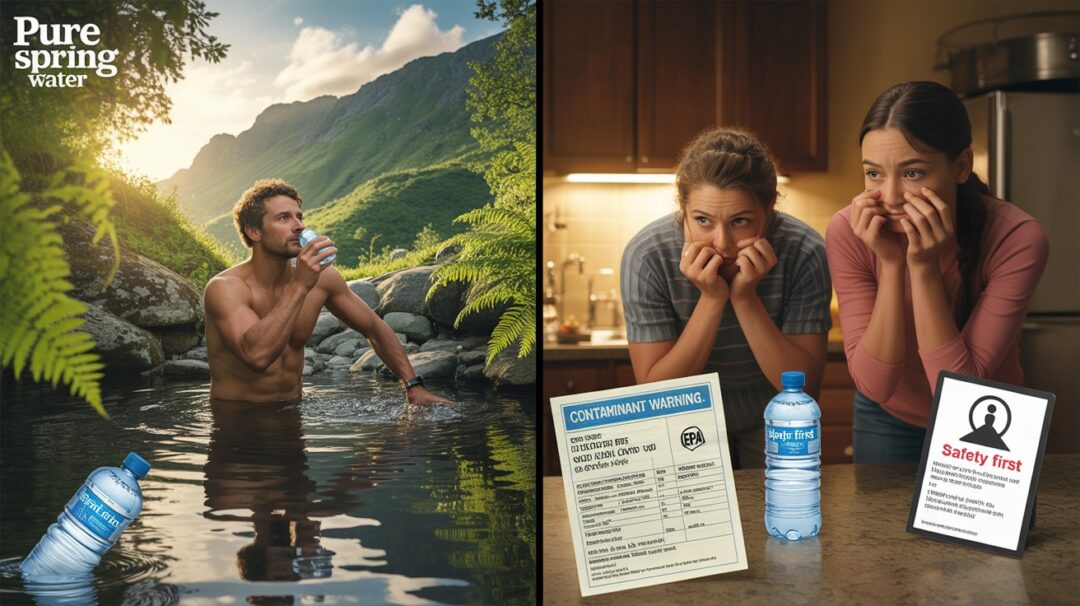
The Myth of ‘Pure’ Spring Water
The “raw water” movement, popularized by wellness influencers, claims untreated spring water offers health benefits over “sterile” tap water. But experts warn this trend ignores grave risks to drinking water safety.

Pathogen Danger in Untreated Water
SELF magazine reports numerous cases of E. coli, Giardia, and norovirus in unfiltered water. A CDC study links untreated water to 40% of U.S. waterborne disease outbreaks, highlighting critical drinking water safety concerns.
“There’s no ‘pure’ water in nature today – only water whose contaminants we haven’t tested for yet.”
Industrial Contamination Reaches Remote Sources
Even remote springs often contain agricultural runoff with pesticides or natural toxins like arsenic. The New York Times investigation found that seemingly pristine water sources frequently contain contaminants that pose serious health risks.
Is Your Water Source Safe?
Learn how to test your water for common contaminants and protect your family from waterborne illnesses.
Forever Chemicals: A National Drinking Water Emergency
Per- and polyfluoroalkyl substances (PFAS) – dubbed “forever chemicals” for their persistence – now contaminate drinking water for an estimated 50 million Americans according to Newsweek reporting.
Health Impacts of PFAS Exposure
These chemicals have been linked to kidney and testicular cancer, thyroid disease, and developmental delays according to USGS research. Even low levels of exposure may pose health risks, especially for vulnerable populations.
PFAS Contamination Hotspots
- Military bases with firefighting foam use
- Industrial manufacturing zones
- Areas near chemical plants
- Landfills and waste disposal sites
- Regions with high concentration of textile production
Associated Health Risks
- Increased cancer risk (kidney, testicular)
- Thyroid disease and hormone disruption
- Liver damage and elevated cholesterol
- Reduced immune response to vaccines
- Developmental delays in children
Regulatory Failures and Drinking Water Safety
The EPA’s non-enforceable PFAS advisories leave states to set conflicting standards. CalMatters found 146 California water systems exceeding state limits but meeting weaker federal guidelines, creating confusion about drinking water safety standards.
| Region | PFAS Contamination Level | State Standard | Federal Advisory Level | Population Affected |
| Michigan | High | 8 ppt | 70 ppt | 1.9 million |
| California | Moderate-High | 5.1 ppt | 70 ppt | 7.5 million |
| New England | High | Varies (10-20 ppt) | 70 ppt | 4.3 million |
| North Carolina | Very High | None | 70 ppt | 1.5 million |
Check Your Local PFAS Levels
Use the interactive map to see if your drinking water contains dangerous levels of forever chemicals.
Who’s Most at Risk? Rural vs. Urban Water Safety

Rural Well Users
43 million Americans rely on private wells, which remain completely unregulated. Temple University’s study links untreated well water to higher rates of kidney disease in Pennsylvania, highlighting a significant drinking water safety gap.
Private Well Risk Factors: No regulatory oversight, no required testing, proximity to agricultural runoff, and vulnerability to natural contaminants like arsenic and radon.
Urban and Low-Income Communities
CalMatters reports disadvantaged neighborhoods often face a double threat: aging infrastructure with lead pipes plus PFAS contamination. These communities frequently lack resources to address drinking water safety issues.
Urban Water Risk Factors: Aging infrastructure, lead service lines, industrial contamination, and inconsistent municipal testing and treatment.
Case Study: Central Valley Family
A Central Valley family developed liver damage after drinking well water contaminated by nearby agriculture and oil drilling operations. Despite multiple complaints to local authorities, comprehensive testing was delayed for years, allowing continued exposure to harmful contaminants.

Is Your Family at Risk?
Discover if your location puts you at higher risk for water contamination and what you can do about it.
How to Protect Your Family’s Drinking Water Safety
Taking action to ensure your drinking water safety requires a multi-step approach. Here are practical steps you can take immediately to protect your household.
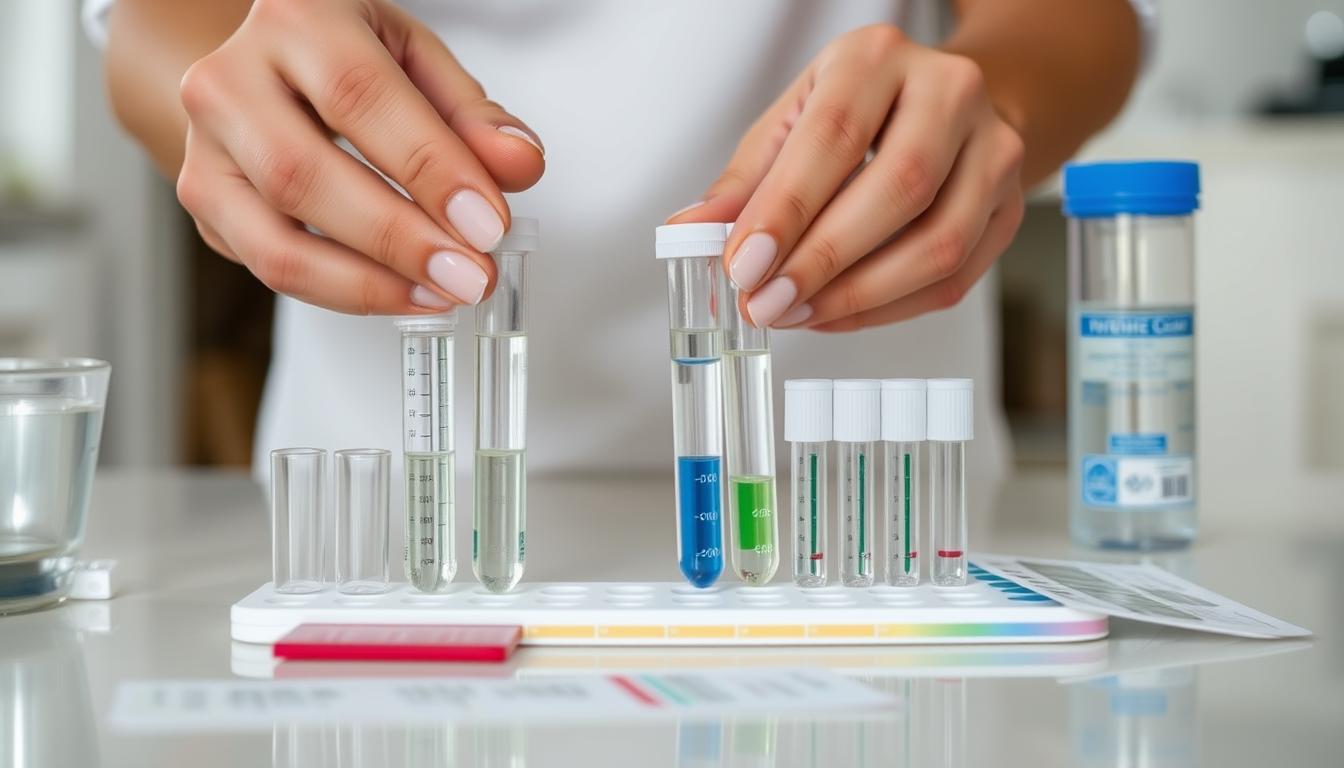
Step 1: Test Your Water
Public Water Users
- Check your utility’s Annual Water Quality Report through the EPA database
- Request additional testing if you have concerns about specific contaminants
- Consider independent testing if your home has older plumbing
Well Owners
- Use EPA-certified labs for comprehensive testing (cost: $150–$300)
- Test annually at minimum, more frequently if contamination is suspected
- Test for bacteria, nitrates, pH, and specific contaminants based on local risks
Find Certified Water Testing Labs
Locate EPA-certified laboratories in your area that can properly test your drinking water.
Step 2: Install Appropriate Filtration

| Filter Type | What It Removes | Cost Range | Best For | Limitations |
| Pitcher/Faucet Filters | Chlorine, some heavy metals, some PFAS | $20-$100 | Apartments, renters, basic filtration needs | Limited PFAS removal, frequent replacement |
| Under-Sink Reverse Osmosis | Most contaminants including PFAS, heavy metals, bacteria | $200-$500 | Comprehensive filtration at main drinking water source | Wastes water, requires installation |
| Whole-House Systems | Sediment, chlorine, some chemicals | $500-$4,000 | Well water, comprehensive protection | Expensive, professional installation required |
| Specialized PFAS Filters | PFAS, other emerging contaminants | $200-$600 | Areas with known PFAS contamination | May not address other contaminants |
Look for NSF/ANSI Certification: When selecting a filter, look for NSF/ANSI 53 or 58 certification for contaminant reduction. For PFAS specifically, look for NSF P473 certification.
Find the Right Water Filter
Compare NSF-certified water filters that can remove contaminants specific to your water quality report.
Step 3: Advocate for Change
- Support the EPA’s proposed PFAS drinking water standards (public comment open until 2025)
- Push for well water testing subsidies in rural areas
- Join local water quality advocacy groups
- Attend public meetings about water infrastructure improvements

FAQs: Quick Drinking Water Safety Facts
Can boiling water remove PFAS?
No – boiling water does not remove PFAS and may actually concentrate them as water evaporates. Only certified filtration systems with activated carbon or reverse osmosis technology can effectively reduce PFAS levels.
Does bottled water solve contamination problems?
Often no. Consumer Reports found PFAS in 38% of bottled water brands tested. Additionally, bottled water is less regulated than municipal tap water in many aspects. If you use bottled water, research the brand’s testing protocols and filtration methods.
How often should I test my well water?
At minimum, test private well water annually for bacteria, nitrates, pH, and total dissolved solids. If you live near industrial facilities, agricultural operations, or mining sites, consider more frequent testing and expanded testing for specific contaminants.
Are water filter pitchers effective against serious contaminants?
Basic pitcher filters primarily improve taste and odor by removing chlorine. For serious contaminants like lead or PFAS, look for pitchers specifically certified for these substances (NSF/ANSI 53 for lead, NSF P473 for PFAS). However, under-sink or whole-house systems typically provide more comprehensive protection.

Essential Drinking Water Safety Resources
Testing Resources
Filtration Guidance

Taking Action for Safe Drinking Water
The water crisis demands both individual action and systemic reform. From dangerous “raw water” trends to widespread PFAS contamination, the threats to drinking water safety are real and widespread. But armed with knowledge and the right tools, you can protect your household.
Test your water, invest in proper filtration based on your specific contaminants, and hold policymakers accountable for stronger regulations and infrastructure improvements. Because safe water shouldn’t be a luxury—it’s a necessity and a right.



